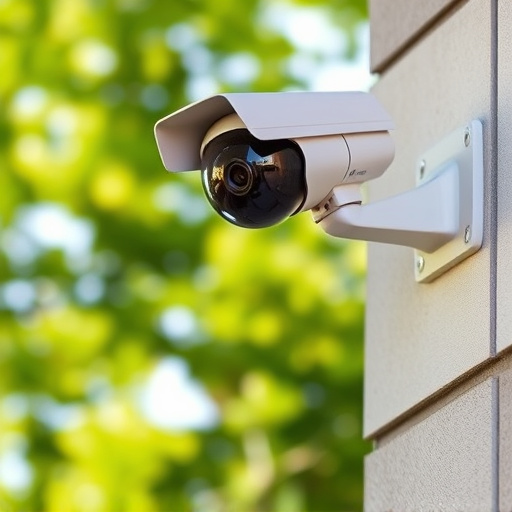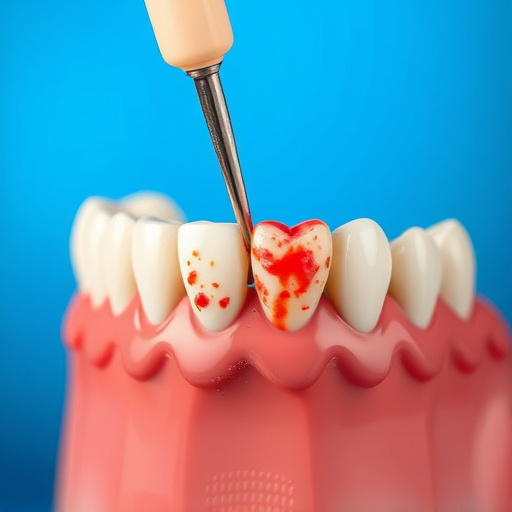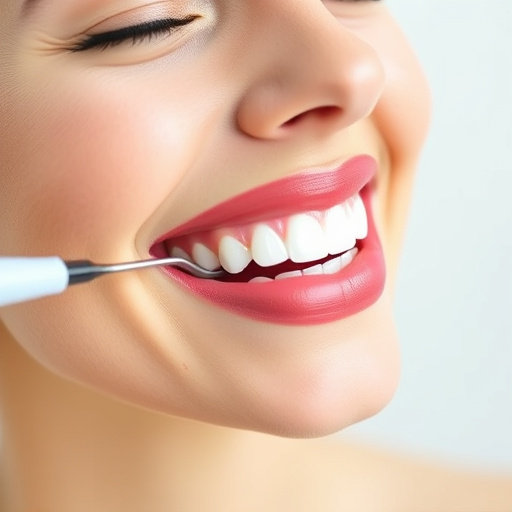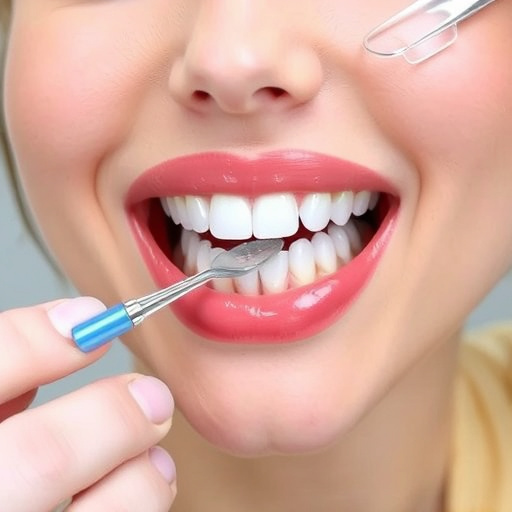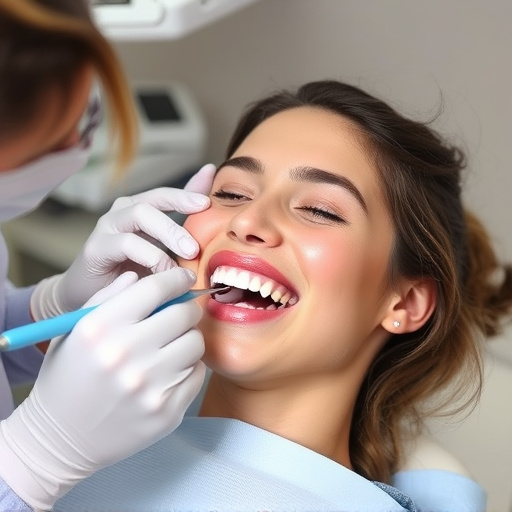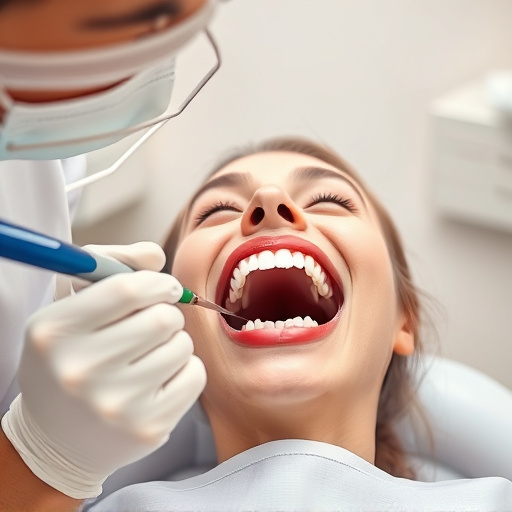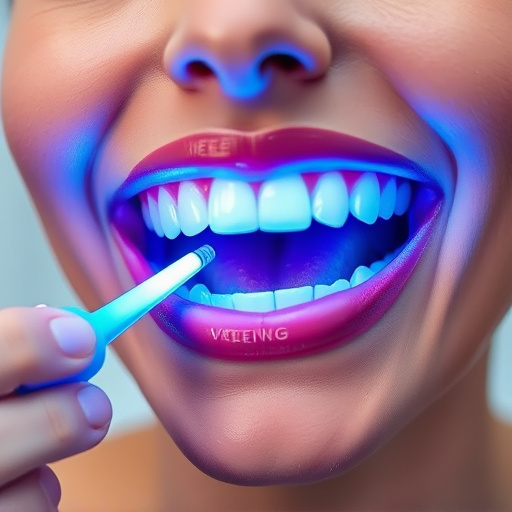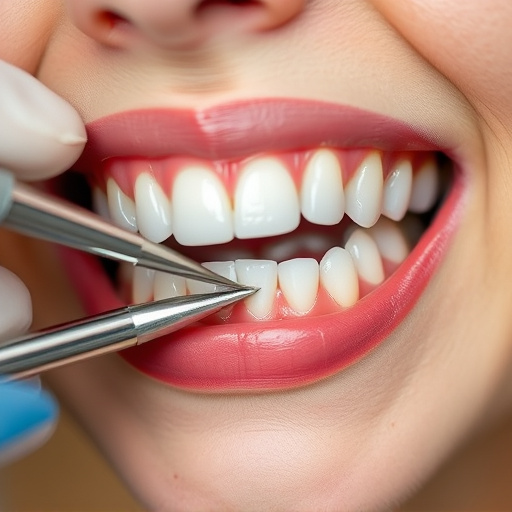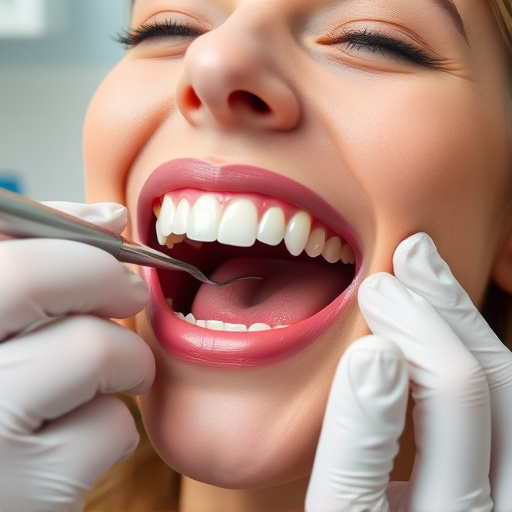Sterilization protocols are vital in healthcare, especially dentistry, to ensure patient safety. Dentists must strictly follow evidence-based techniques like autoclaving and chemical disinfection for instrument sterility. Understanding precleaning, disinfectant selection, and packaging is crucial to prevent cross-contamination and maintain equipment sterility. Robust sterilization protocols, including staff training and daily operations adherence, are essential in healthcare facilities to safeguard patients and mitigate risks. Regular monitoring and improvements refine care standards, with leading practices adopting advanced equipment and technologies for superior, safe treatment experiences.
In the healthcare industry, ensuring patient safety is paramount. One of the cornerstones of infection prevention is reliable sterilization protocols. This article delves into the significance of comprehensive understanding and implementing robust sterilization techniques in various healthcare settings. We explore strategies to maintain optimal hygiene standards, emphasizing continuous improvement and monitoring as essential components for protecting every patient. By adhering to these practices, healthcare providers can minimize risks and deliver unparalleled care.
- Understanding Sterilization Protocols: The Foundation of Patient Safety
- Implementing Reliable Sterilization Techniques in Healthcare Settings
- Continuous Improvement and Monitoring for Optimal Patient Care
Understanding Sterilization Protocols: The Foundation of Patient Safety
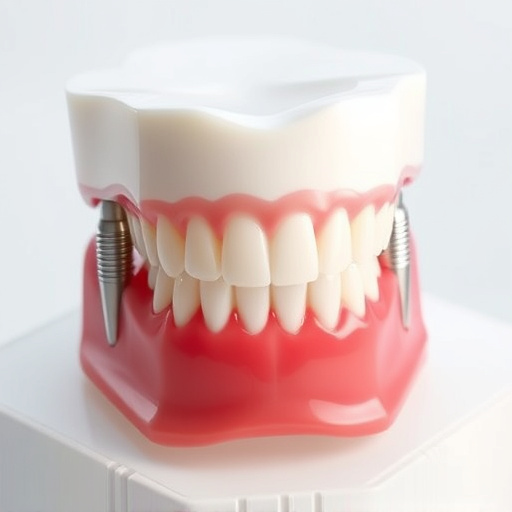
Sterilization protocols form the bedrock of patient safety in healthcare, and dental practices are no exception. These protocols ensure that instruments used during procedures, from routine dental cleanings to complex restorative dentistry, are free from harmful bacteria, viruses, and other pathogens. By adhering strictly to evidence-based sterilization techniques, such as autoclaving, chemical disinfection, and proper instrument handling, dentists contribute significantly to comprehensive dental care while minimizing the risk of infections for their patients.
Understanding the importance of each step in the sterilization process is crucial. This includes precleaning instruments to remove any visible debris, using appropriate disinfectants that meet specific standards, and packaging and storing sterilized instruments properly to maintain their sterility. These meticulous practices not only protect patients but also ensure the longevity of dental equipment, preventing cross-contamination and promoting a safe environment for everyone involved in comprehensive dental care services.
Implementing Reliable Sterilization Techniques in Healthcare Settings
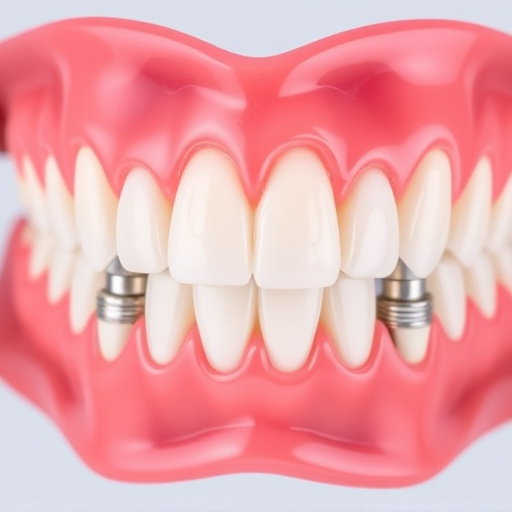
In healthcare settings, implementing reliable sterilization protocols is paramount to ensuring patient safety and preventing infections. Every dental practice, clinic, or hospital should adopt standardized procedures that meet or exceed industry standards. This includes rigorous cleaning and disinfection routines for all medical equipment, instruments, and surfaces, especially in areas like dental offices where various procedures involving sharp tools and patient interaction take place. Regular training sessions for staff on proper sterilization techniques, such as steam sterilization, autoclave usage, and chemical disinfection, are essential to maintain a high level of hygiene.
A key aspect often overlooked is the importance of maintaining these protocols not just during procedures but also in day-to-day operations. Simple measures like regular handwashing, wearing protective gear, and proper waste management significantly reduce cross-contamination risks. For instance, routine oral exams and cosmetic dentistry procedures demand meticulous attention to sterilization because they involve direct contact with mucous membranes, making patients vulnerable to infections if instruments are not properly sanitized. By integrating these reliable sterilization techniques into the fabric of healthcare facilities, medical professionals can foster an environment that prioritizes patient well-being above all else.
Continuous Improvement and Monitoring for Optimal Patient Care
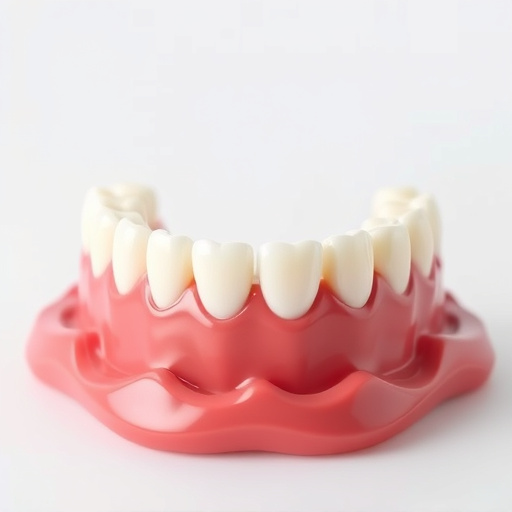
In the realm of healthcare, continuous improvement is key to providing optimal patient care. This principle holds especially true for sterilization protocols, which are vital in ensuring the safety and well-being of every patient, regardless of their dental procedure. Regular monitoring and assessment of these protocols allow for identifying areas of enhancement, ultimately refining the standard of care. For instance, in a family dentistry setting or during procedures like wisdom tooth removal, clear aligners, and other nuanced treatments, consistent adherence to stringent sterilization measures can significantly reduce the risk of infections and cross-contamination.
This ongoing pursuit of perfection involves regularly updating equipment, employing cutting-edge technologies, and staying abreast of industry best practices. By fostering a culture of vigilance and innovation, dental care providers can ensure that their sterilization protocols are not just effective but also efficient. This commitment to excellence is what sets apart leading practices in family dentistry, demonstrating a dedication to delivering safe, high-quality treatments for every patient, every time.
Protecting patient safety through reliable sterilization protocols is paramount in modern healthcare. By understanding the fundamentals, implementing best practices, and continuously improving, medical facilities can ensure a sterile environment for every patient interaction. These measures not only safeguard against infections but also build trust between patients and providers, ultimately enhancing the quality of care delivered.

